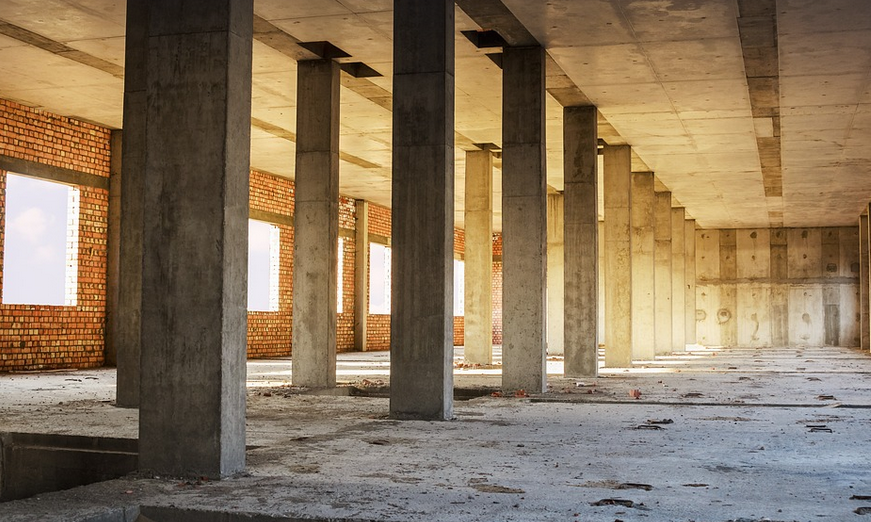Laying the foundation for your new floor
So, you’ve got your dream flooring plan, and it’s time to start laying down those beautiful tiles. But before you dive into installing that sleek wood or vibrant vinyl, there’s one crucial step to consider: underfloor tar paper. This humble yet powerful material acts as the foundation for a successful floor installation. Let’s explore why it’s essential and how to implement its use with precision on your project.
Think of tar paper like the unsung hero behind every great flooring venture. It plays a vital role in protecting your subfloor throughout the entire project. Don’t underestimate this seemingly simple layer – it’s the first line of defense against moisture, pests, and unevenness. Without it, you risk introducing problems that can quickly derail your entire floor installation.
Why Underfloor Tar Paper is Essential
The key to a durable and long-lasting floor lies in preparing the subfloor properly. This means laying down a good foundation on which your flooring will be installed – and tar paper is exactly that!
Here’s what underfloor tar paper brings to the table:
- Moisture Protection: Tar paper’s primary function is to act as a barrier against moisture. This helps prevent wood rot, mold growth, and other water-related issues that can plague your subfloor long term.
- Mold Prevention: It also protects against mildew and mold, which thrive in damp conditions. Keeping these unwelcome guests at bay ensures a healthy and hygienic environment for your flooring
- Pest Control: Tar paper acts as a natural barrier, keeping pesky critters like insects and termites at bay.
- Leveling Agent: It helps to smooth out any imperfections in the subfloor surface. This ensures a level base for your chosen flooring.
- Improved Flooring Longevity: By protecting your subfloor, tar paper ultimately contributes to the longevity of your floor. It eliminates the need for frequent repairs and increases the lifespan of your investment.
The Process of Applying Tar Paper
Applying underfloor tar paper is a straightforward process that can be tackled with some basic tools and knowledge:
Here’s a step-by-step guide to help you through the process:
- Preparation is Key: Before you even unpack your tar paper, make sure your subfloor is free of debris, dust, and any other obstacles. If necessary, level minor imperfections using plywood or cement boards before proceeding.
- **Measure Wisely:** Use a tape measure to accurately determine the area where you need to lay down the tar paper. Don’t forget to account for any expansion gaps if installing under specific flooring.
- Lay it Down: Start laying your tar paper on one corner of the room, overlapping each sheet at least an inch. Use a straight edge or a T-square to ensure precision alignment. Secure the edges to the subfloor using construction staples or nails for added stability.
- **Trim Time:** Take a moment to trim any excess tar paper around the edges of your room, leaving a small gap between the flooring and the wall.
Choosing the Right Tar Paper
The type of tar paper you choose depends on several factors including your flooring material and the specific location of your project. There are two main types to consider:
**1. Kraft paper:** This versatile option offers excellent resistance to moisture and pests, making it suitable for most subfloor applications.
**2. Asphalt-based tar paper:** This choice provides a stronger barrier against water damage and is particularly beneficial in humid environments or areas prone to heavy rainfall.
When in doubt, consult with your flooring contractor or an experienced installer for personalized recommendations based on your specific project.
Final thoughts
Remember, underfloor tar paper isn’t just a step; it’s an investment. By taking the time to apply this material with care and precision, you create a solid foundation for your flooring that will stand the test of time, leaving you with a beautiful and lasting floor for years to come.
If you have any questions or concerns about underfloor tar paper use, don’t hesitate to reach out to a professional. They can provide expert advice and ensure a smooth journey toward your dream floor installation.
